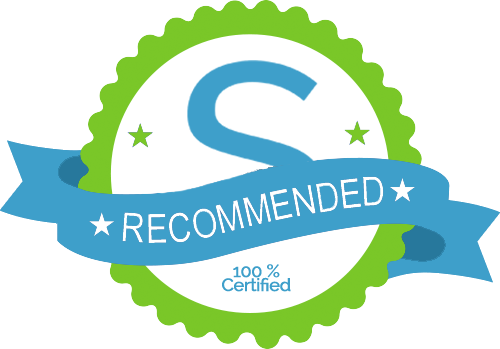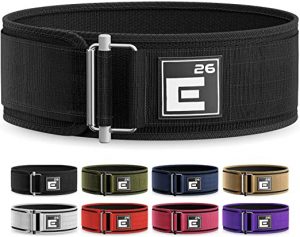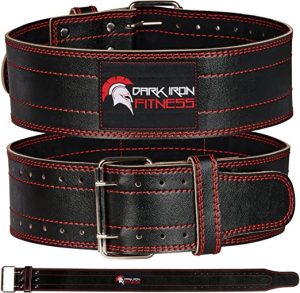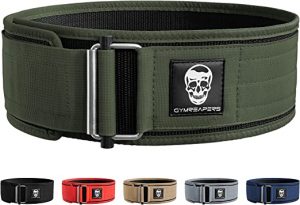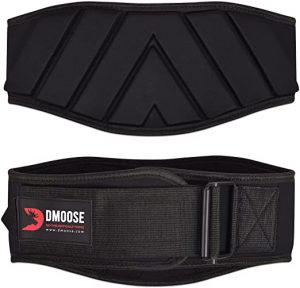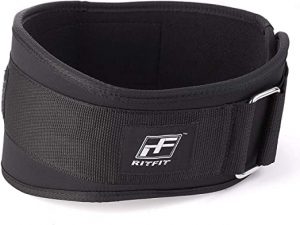The Best Lifting Belts
We looked at the top 10 Lifting Belts and dug through the reviews from 33 of the most popular review sites including and more. The result is a ranking of the best Lifting Belts.
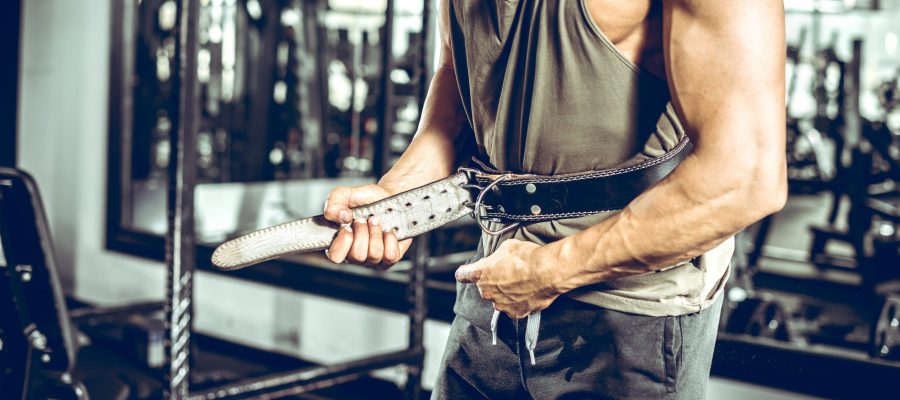
Our Review Process
Don't Waste Your Money is focused on helping you make the best purchasing decision. Our team of experts spends hundreds of hours analyzing, testing, and researching products so you don't have to. Learn more.
Our Picks For The Top Lifting Belts
This nylon lifting belt boasts a wear-resistant self-locking mechanism that prevents it from slipping open. It has a 4-inch width to create even, intra-abdominal pressure. It's competition-approved and comes in a variety of colors.
Beat Your Personal RecordElement 26’s secure nylon lifting belt is functional and built to last.
This 100% leather gym belt has a high-quality, old-school look.The 4-inch belt features thick, soft, double-stitched buffalo-hide leather and has a double-pronged buckle. It's built for stability and strength but is also as comfortable as can be.
Old-School Look and FeelThis strong, comfortable belt can help you lift or squat up to 600 pounds.
Gymreapers' nylon lifting belt improves core stability and has been tested in competitions to ensure performance. Its quick-release, unlocking buckle makes sure that your belt will stay put. It also has reinforced stitching and comes in five colors.
Provides Strength and StabilityGymreapers' lifting belt has been tested in competition to ensure performance.
DMoose Weight lifting belts are designed with a breathable 6-inch curved padded back, making them ultra-comfortable. This belt has a hook and loop closure with a heavy-duty steel ring. It provides lumbar support and improves form.
Comfortable for Your CoreIf you’re feeling patriotic, this belt offers an American flag design.
This lightweight and breathable lifting belt is ergonomically designed to support your back and abdominal muscles during strength training or lifting. Made from ethylene vinyl acetate, it's easy to wear and comfortable. Several designs are available.
Ergonomic Design Feels GreatA waterproof foam core and durable materials make this belt a good choice.
Buying Guide
Lifting belts are generally used by people performing weight lifting activities such as powerlifting, squats or deadlifting. These specialized belts are designed to stabilize and support your core, protecting you from injury. Injuries from weightlifting can encompass everything from muscle strains and tendonitis in the hip to spinal problems, so a belt can be helpful if you want to lift more without hurting yourself. But finding the right lifting belt can feel overwhelming. You may not know where to start with so many different options for sizing and colors.
The sport of weightlifting is practiced by people all over the world. Both men and women compete in this sport, generally against members of their own gender and weight class. Because of this, belts may fit each body type differently. When looking for a lifting belt, consider the length of your torso. If you have a longer torso, a 6-inch belt may work better than a 4-inch belt. Also, consider how often you’ll use this belt; they undergo stress during use, especially the closure.
The material from which your belt is made is also an essential factor to consider. Lifting belts can be leather, nylon, neoprene or a blend, all of which offer different levels of breathability. If you’re looking for something rigid and durable, leather is a good option. If you’re looking for something more lightweight, another material might be best. Keep in mind that most lifting belts should be hand-washed rather than machine-washed to keep them in the best shape.
Why we recommend these lifting belts?
Products Considered
Products Analyzed
Expert Reviews Included
User Opinions Analyzed
The Best Bang For Your Buck
RitFit Self-Locking Buckle Weight Lifting Belt
Key Takeawy
This lightweight and breathable lifting belt is ergonomically designed to support your back and abdominal muscles during strength training or lifting. Made from ethylene vinyl acetate, it's easy to wear and comfortable. Several designs are available.
What to Look For
- Make sure you wear your belt as tight as you can without it restricting your breathing.
- Find the right belt height for your body; you may have to experiment. Wear it at rib level or nearer to your pelvis to find what feels best, and make sure it lies above your navel and is even across your abdomen and back. Adjust as needed.
- You don’t need to wear a belt throughout your workout, especially if you’re doing repetitive exercises, curls and bench presses or using machines — these activities do not put a load on your spine. Squats and deadlifts, however, are another story.
- Try only using a lifting belt on heavier sets and leaving it off for lighter sets, or keeping it off during most of your warmup.
- Before you don a belt, make sure your form is perfect — otherwise, you can risk injury. Belts can be a great tool for intermediate to advanced athletes, but many experts do not recommend them to beginners who haven’t yet strengthened their cores properly. The belt is not designed to be used as a crutch.
- Do not use a belt if you have a hernia or high blood pressure. Do not use it to mask an injury.
You May Also Enjoy Our Other Reviews
- Robotic Vacuum
- Cordless Vacuums
- Air Mattress
- Drone
- Electric Razor
- Convertible Car Seat
- Infant Car Seat
- Dry Dog Food
- Carpet Cleaners
- Air Fryers
- Laptops
- Home Printers
- Wireless Router
- Streaming Device
- Electric Pressure Cooker
- Chromebook
- Television
- Digital Camera To Capture Special Moments On The Fly
- Smartwatch
- Upright Vacuum

